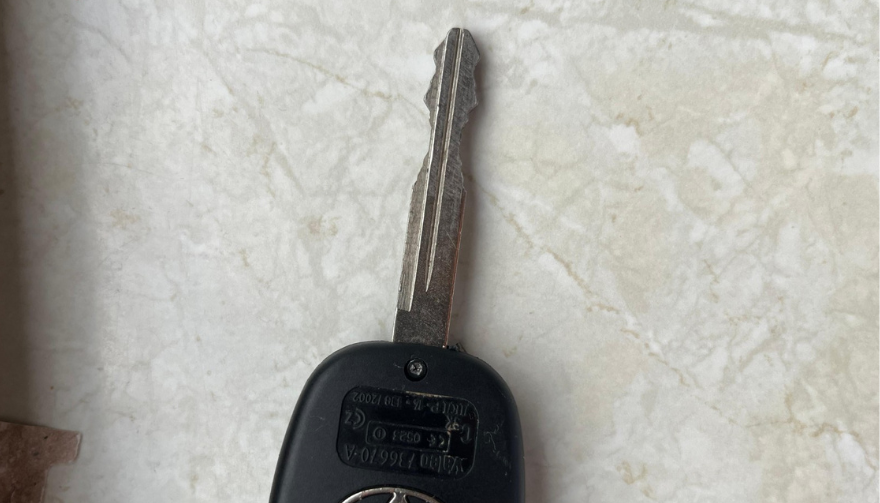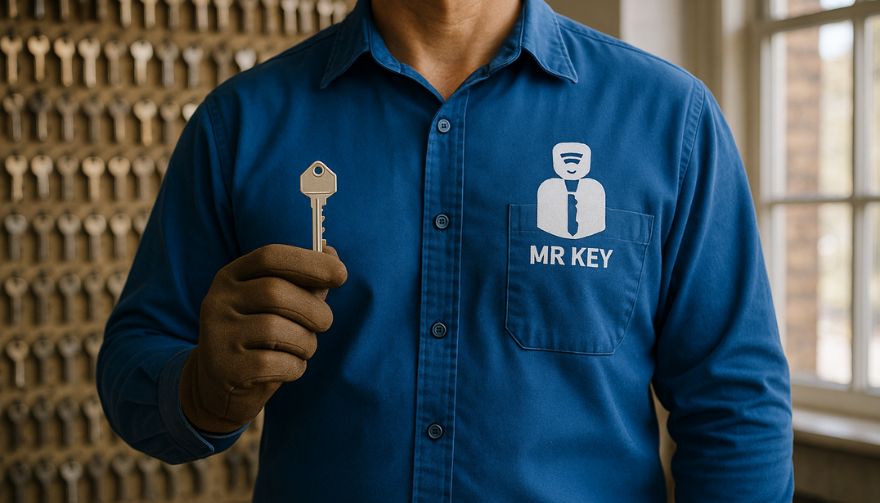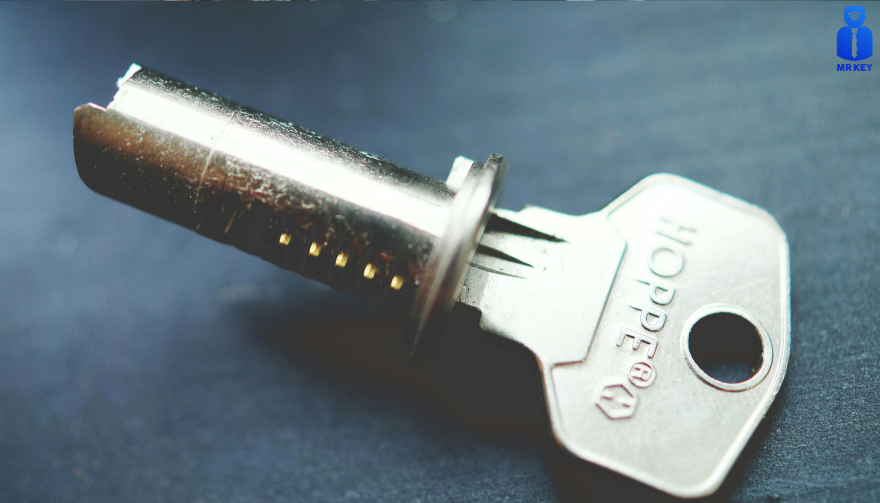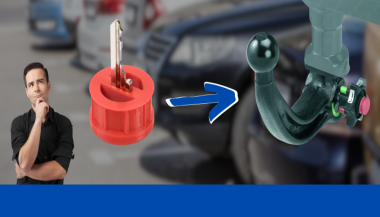Short answer: yes—for many keys, a locksmith can cut accurately from a photo or a code. The details depend on the key type, the quality of the image/data.
Key cutting from code vs from photo
By code (most precise).
A key code (often printed on locks, key tags, or documentation) translates into a series of cut depths called the bitting. On a code machine, a locksmith dials those depths and cuts a new key without the original present. This is the preferred method for many utility keys (e.g., caravan, retro auto, e-bike battery, furniture, mailboxes, ATVs, roof racks, towbars), but also for car keys.
By photo (works in many cases).
From a clear, square-on image, a trained technician can decode the cut depths and reproduce the bitting. Research has shown keys can be recreated from ordinary or telephoto shots if the profile and scale are known. This is why publishing close-ups of your keys is discouraged.

When a photo is “good enough”
If you’re ordering car keys cut by photo or utility keys by photo, expect guidelines like:
Flat, well-lit, high-resolution image; key blade perfectly side-on.
Ruler/coin in frame for scale; entire blade visible, shoulder to tip.
For double-sided/laser keys, shots of both sides.
Keyway/profile identification (brand/series).
Automotive: cutting from photo or code—plus programming
Cutting the blade is only step one for modern cars. Since the late 1990s, most vehicles have immobilisers; the key’s transponder chip must be recognised or the engine won’t start. In practice:
Get the correct blank and cut it (photo or code).
Program the transponder/remote (OBD or on-board procedures), or pair a proximity fob.
Test mechanical operation and ignition start.
Main points UK readers should know:
Immobiliser/transponder tech became standard in the mid-1990s; without a programmed chip, a correctly cut key usually won’t start the car.
A key code specific to your vehicle lets a locksmith/dealer cut precisely without an original; some guides explain where owners can find it.
Utility keys we commonly see cut by code
If you have the key code, these are routinely cut accurately online:
Retro automobile keys (classic patterns; often stamped codes).
Caravan & motorhome keys (e.g., ZADI, FAP/FAWO—codes on barrels).
E-bike battery keys (e.g., ABUS/AXA series).
Furniture, mailboxes keys (office furniture, cam locks).
ATV/quad ignition and compartment keys.
Roof racks (e.g., Thule N*** series).
Towbars (e.g., Westfalia/Brink code series).
For these categories, supplying the printed code (from the lock face, key head, manual, or tag) usually yields the fastest, most reliable result compared to photos.
Accuracy expectations & limitations
What typically works well
Flat cylinder keys with standard depth systems (common utility keys).
Many car blades (including laser/sidewinder) if the image is clean and scaled.
Keys where the lock/brand series is known and the bitting can be derived.
What may be restricted or not feasible from a photo
Patented/restricted keyways (require authorised proof and controlled blanks).
Highly worn, bent, or obscured keys in photos.
Complex security keys that need factory or authorised dealer processes.
Car keys where programming tokens, PINs, or security codes are required.
For security and consumer protection in the UK, look for MLA-approved locksmiths and insist on identity/ownership checks for sensitive work.
Real-world risk: why photos can be enough
Academic work and well-reported incidents show that key geometry can be decoded from images at surprising distances. Media have covered expensive lock replacements after keys appeared on camera, underlining the practical risk of sharing key images online. Keep your keys out of frame.
What an online order typically requires
For car keys (photo or code):
Vehicle make/model/year, blade type, and VIN if needed for code retrieval.
Clear photos (both sides).
Programming method: mobile visit, on-site, or mail-in ECU/fob (varies by model).
Expect additional steps for remote locking and proximity systems.
For utility keys (cut by code):
The code from the lock face or original key (e.g., N123, Z**).
Brand or system (Thule, Zadi, Westfalia, etc.).
Quantity and turnaround needs (next-day options often available).
Speed and success rates
By code: fastest and most consistent for; minimal adjustment needed.
By photo: slightly more validation and back-and-forth; still accurate when images meet spec.

Why choose an online key cutting service like MR-KEY
Unlike traditional emergency locksmiths who mainly handle urgent lockouts, MR-KEY specialises in precision key cutting from photos or codes — ideal when you’re not locked out but need an exact replacement or spare.
Through our online platform, you can:
Order from anywhere in the UK — simply upload a clear photo or enter your key code.
Get fast, expert cutting using professional decoding software and calibrated machines.
Receive your key by post, ready to use or, for vehicles, to be programmed locally.
With MR-KEY, you save the cost and time of a mobile visit while still getting locksmith-level precision. Each key is verified before dispatch to ensure perfect fitting and reliable operation.
FAQs
Can a locksmith cut a car key from a photo?
Often yes, the blade can be cut from a high-quality photo, but modern cars also need transponder/immobiliser programming before the engine will start.
Is cutting by code more accurate than using a photo?
For most utility keys, yes. A verified key code maps to exact cut depths, making the process highly repeatable and quick.
Can someone copy my key from a social media photo?
It’s technically possible; public cases and research have shown keys can be decoded from images. Avoid posting close-ups of keys online.
What’s the difference between “key cutting,” “key replacement,” and an “emergency locksmith”?
Key cutting: the physical milling of a blade (by code/copy/photo).
Key replacement: end-to-end service supplying a working key/fob (cutting + programming if needed).
Emergency locksmith: rapid response for lockouts or urgent access/security issues.
Order your new key today at mr-key.com — fast, accurate, and cut by professionals from your photo or code.



 (1)_1736340291.jpeg)
_1736758937.jpg)
 (1)_1736339207.jpeg)